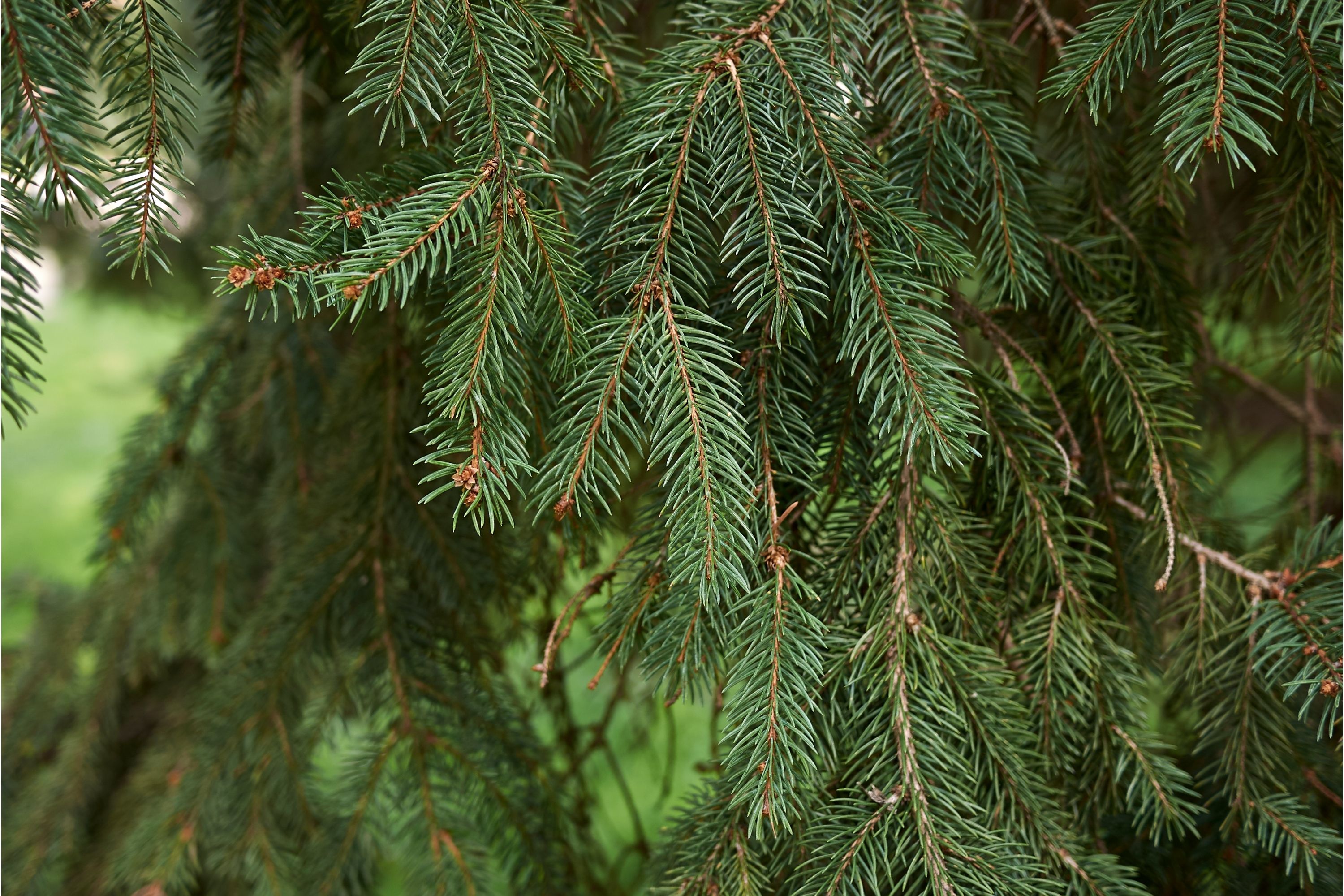Durango fir
(Abies durangensis)

Description
Abies durangensis is a species of conifer in the family Pinaceae. It was described botanically by Maximino Martínez in 1942 and is found only in Mexico (Durango, Chihuahua, Coahuila, Jalisco and Sinaloa). Trees to 40 m tall and 150 cm dbh, with a straight, round trunk bearing long, horizontally spreading first-order branches that form a narrowly conical to rounded irregular crown. Bark smooth, grey or red-brown on young trees, darkening to black-brown and becoming deeply longitudinally fissured with age. Branchlets purple-red to red-brown, prominently ridged and grooved, smooth to finely pubescent in the grooves; leaf scars circular to ovate. Buds oblong-ovoid, 4-5 mm long, resinous with pink-yellow resin. Leaves spreading on either side of shoot, (14-)20-35(-45) mm long by 1-1.6 mm wide, grooved and bright green above, keeled and glaucous below, stomata in groove on upper surface and numerous on lower surface, 2 white bands with 10 lines; apex rounded or obtuse; resin canals 2, marginal. Pollen cones lateral in leaf axils, 1-2 cm long; microsporophylls red. Seed cones lateral, erect on very short peduncles, subcylindric with obtuse apex, pale yellow to medium brown, 5-10 cm long by 3-4.5 cm wide, scales oblong-transverse, 15-20 × 20-28 mm (i.e. wider than long), hidden bracts about 1/2 height of scale or more. Seeds resinous with a yellow nut, up to 8 mm long with orange-yellow wings 7-10 mm long (Silba 1986, Rushforth 1987, Farjon 1990). Firs (Abies) are a genus of 48–56 species of evergreen coniferous trees in the family Pinaceae. They are found on mountains throughout much of North and Central America, Europe, Asia, and North Africa. The genus is most closely related to Cedrus (cedar). The genus name is derived from the Latin "to rise" in reference to the height of its species. The common English name originates with the Old Norse, fyri, or the Old Danish, fyr. They are large trees, reaching heights of 10–80 metres (33–262 feet) tall with trunk diameters of 0.5-4 m (1 ft 8 in – 13 ft 1 in) when mature. Firs can be distinguished from other members of the pine family by the way in which their needle-like leaves are attached singly to the branches with a base resembling a suction cup, and by their cones, which, like those of true cedars, stand upright on the branches like candles and disintegrate at maturity.
Taxonomic tree:







